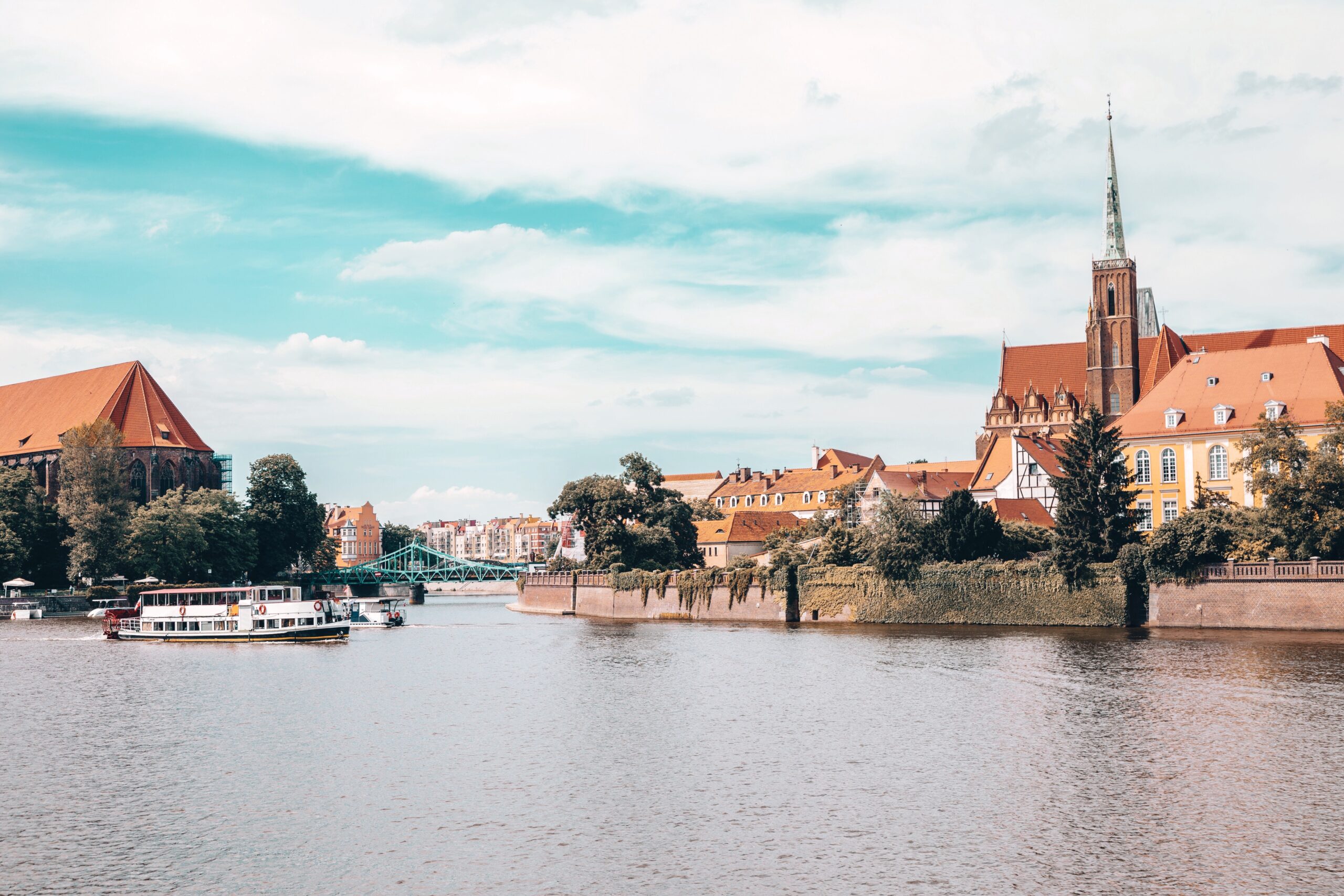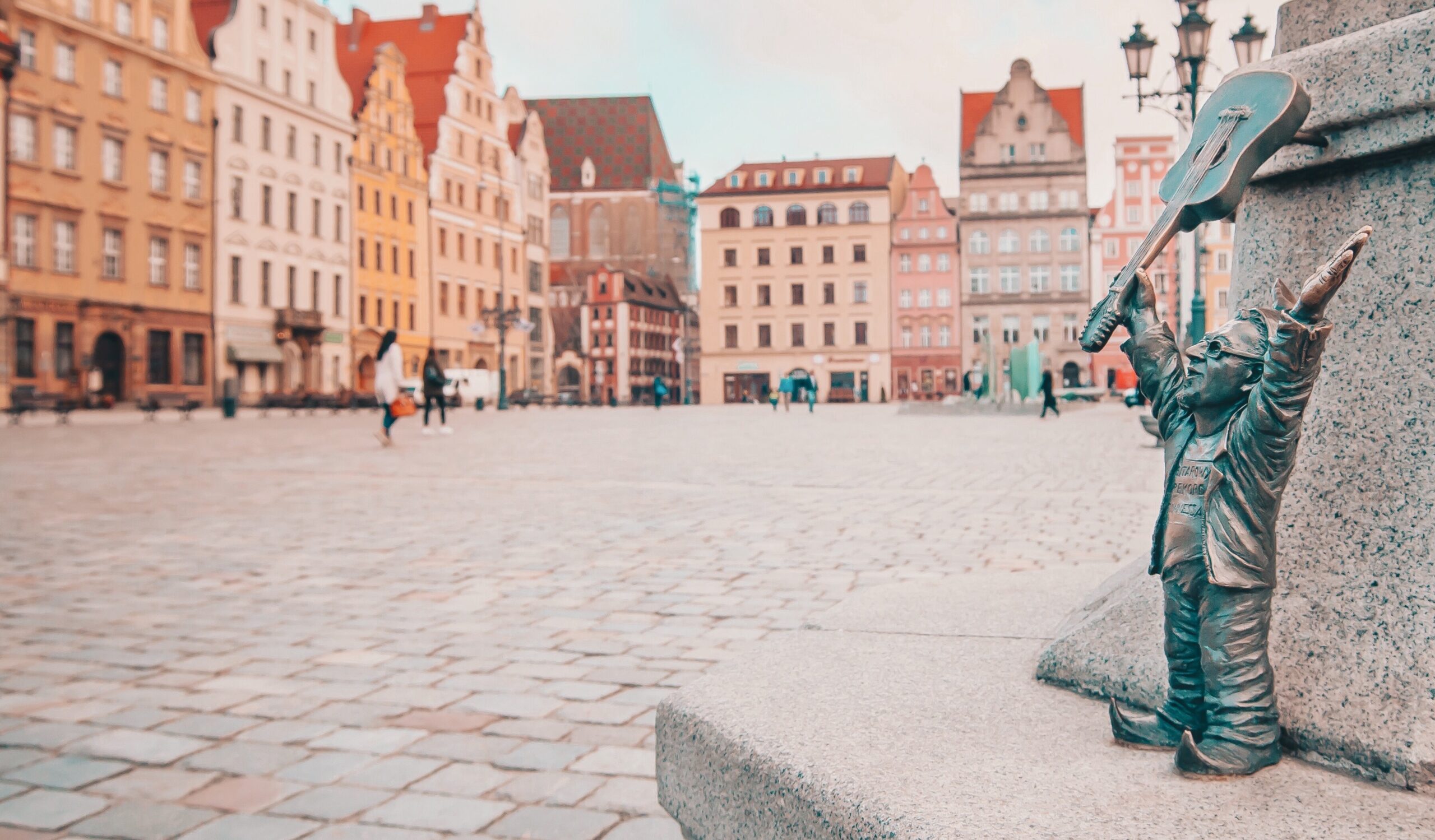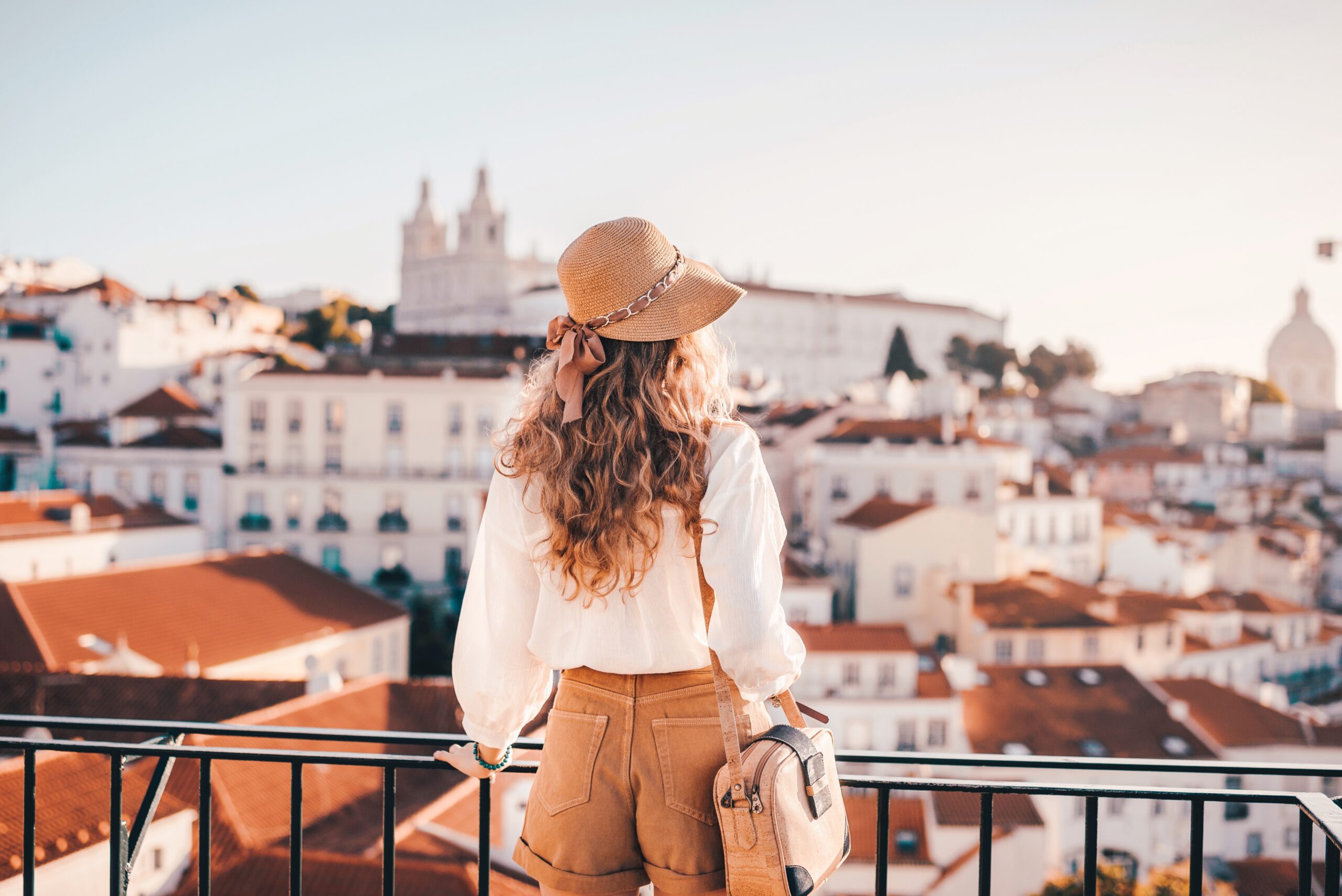There are so many reasons to discover new destinations. While we’ll always have Paris and it’s usually Barcelona or Bust, Europe offers myriad off-the-beaten-path cities and towns. Explore four Eastern European metropolises brimming with history and art and an Italian walled city that doubles as a UNESCO World Heritage Site.
Bratislava, Slovakia

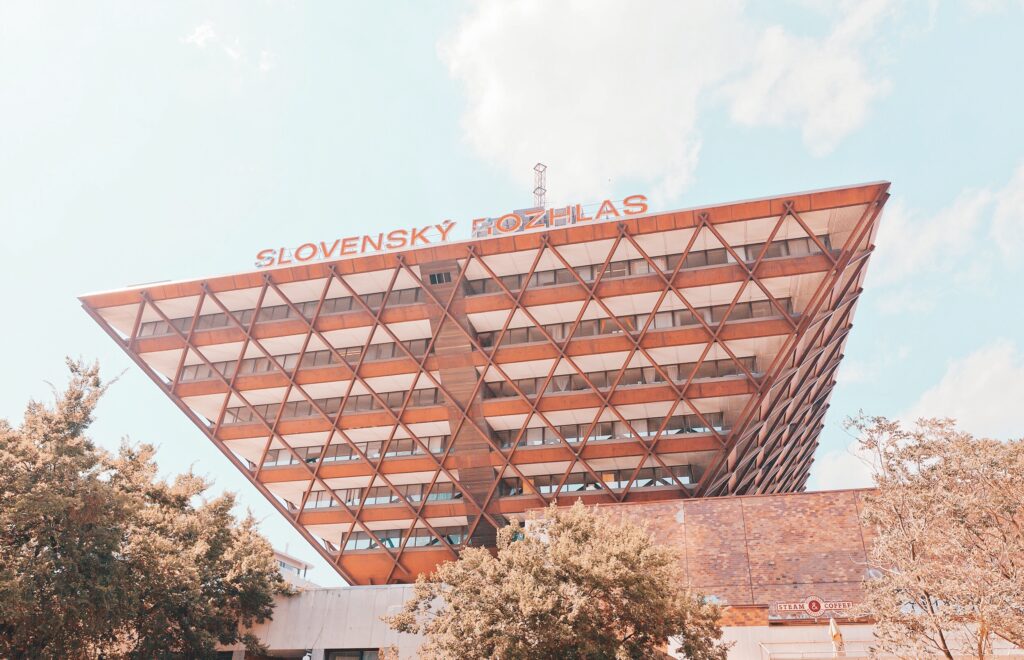
Only a stone’s throw from Vienna, Bratislava is a true mishmash of different cultures. Winding alleys lead through the Old Town, past Baroque edifices and historic sites. The four-towered landmark, Bratislava Castle, reigns over the city, while the Church of St. Elisabeth casts a blue shadow over the landscape.
Bratislava, which has had 19 names over the years, is a city of curiosities. The Danube Bridge reminds one of a UFO on a pillar, the Slovak Radio building gives the impression of an inverted pyramid and the city almost got a Chuck Norris Bridge. At Michael’s Gate, you’ll find the narrowest home in Europe, with a width of a little more than four feet. If you’d like a deeper dive into what to see and do here, check out our guide to the city.
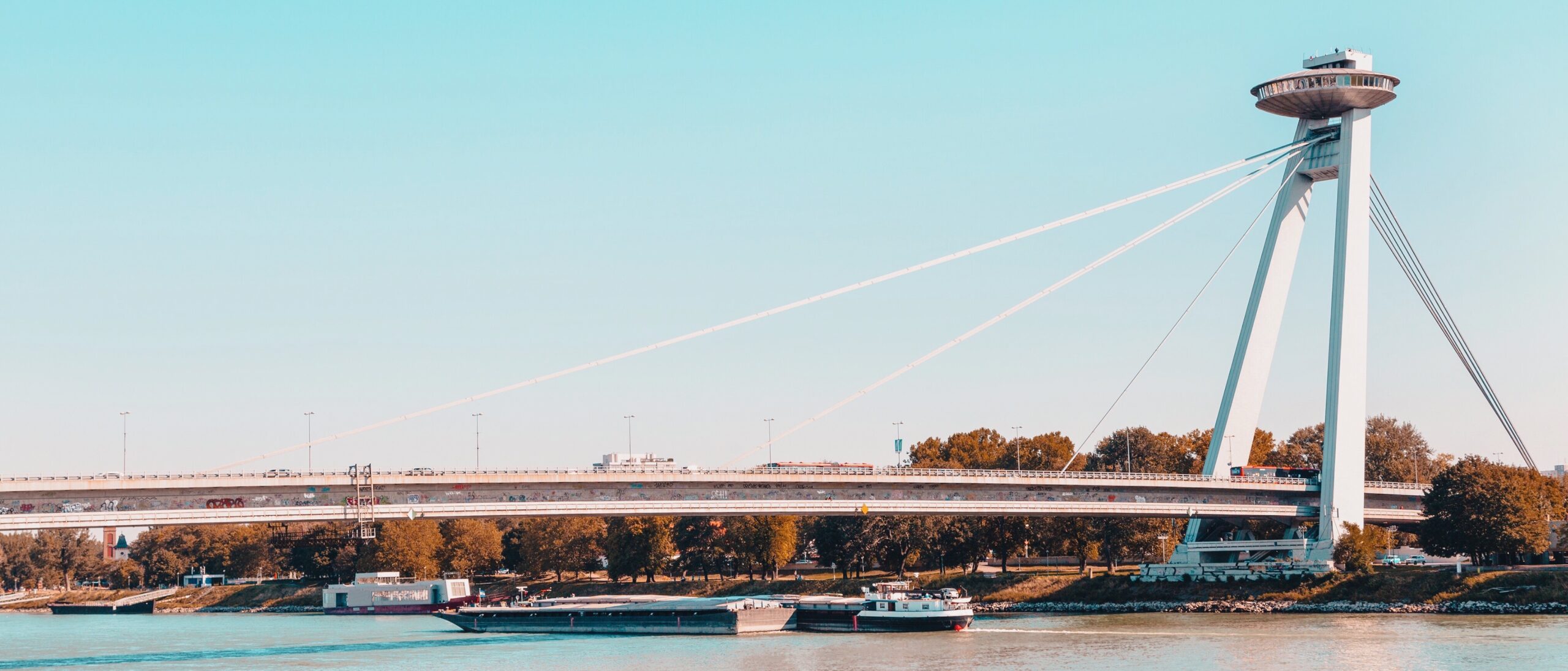
Ljubljana, Slovenia
Also known as “Europe’s Green City,” the Slovenian capital captivates with an unusual mix of Austrian beauty and Mediterranean flair.
For a first orientation, head out on a boat on the Ljubljanica River. You’ll pass the three most famous bridges (Tromostovje) and the iconic Dragon Bridge as you admire Baroque and secession architecture and the works of Jože Plečnik, a local hero. Odprta Kuhna is a vibrant food market that takes place every Friday just behind the central market square. So grab a bite to go and savor it on the steps of the castle, which peacefully watches over the city. The enchanted Tivoli Park is an oasis of calm while the cozy pubs in Metelkova offer a funky contrast. The latter is an art colony boasting numerous sculptures and art installations during the day.


Tbilisi, Georgia
Tbilisi straddles the line between Europe and Asia, which makes the Georgian capital a two-culture wonder. While not as unknown as some of the other cities—tourism has increased tenfold in recent years—Tbilisi has managed to retain an authentic edge. Modern buildings such as the Peace Bridge sit adjacent to old homes. While the Old Town is rapidly becoming gentrified, you can still admire villas with picturesque balconies overlooking squares.
Relax in the sulfur spas in the Abanotubani bathing district and take a walk to the Legvtakhevi fig tree gorge. The latter offers a pleasing respite from the hustle and bustle of the city and a place to admire waterfalls and bees and butterflies floating by.
Tblisi is quickly becoming a foodie destination thanks to a mix of Central Asian and European flavors. Try local delicacies such as eggplant rolls with nut filling or tasty vegetable pastes.



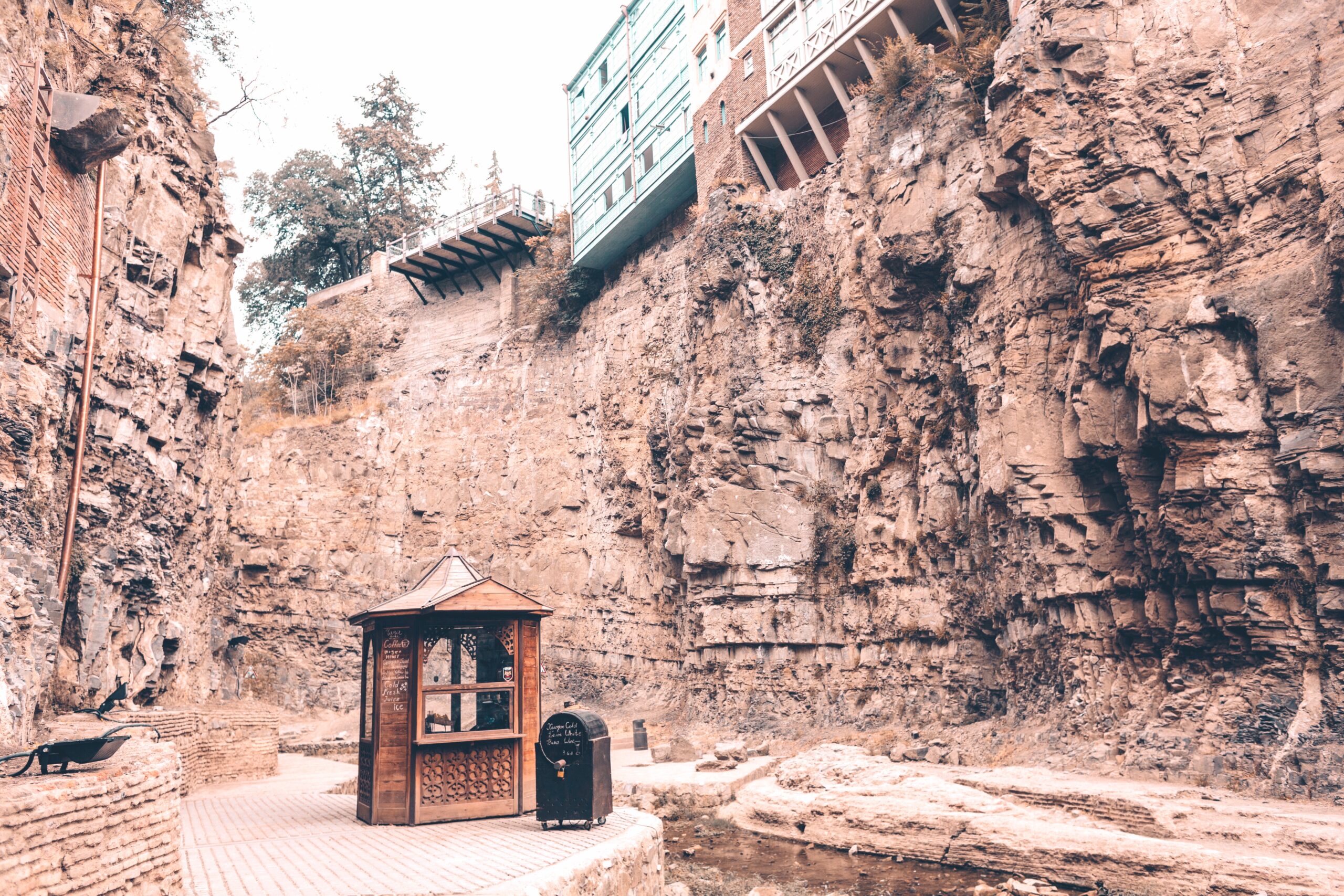
Urbino, Italy
Situated in the eastern Italian region of Marche, Urbino is a UNESCO World Heritage Site. Not far from the shores of the Adriatic, Urbino is not only culturally and historically valuable, but also scenically attractive. The city lies between two hills, which afford breathtaking views of red-tiled roofs, churches and the Metauro and Foglia valleys. Culture aficionados are particularly drawn to the Church of San Domenico, the former monastery of Santa Chiara and the imposing Palazzo Ducale with its magnificent treasures.
Like most Italian towns, Urbino prides itself on its food so expect delicious Verdicchio wines and seasonal and regional specialities such as olives all’Ascolana and vincisgrassi, a pasta similar to lasagne.
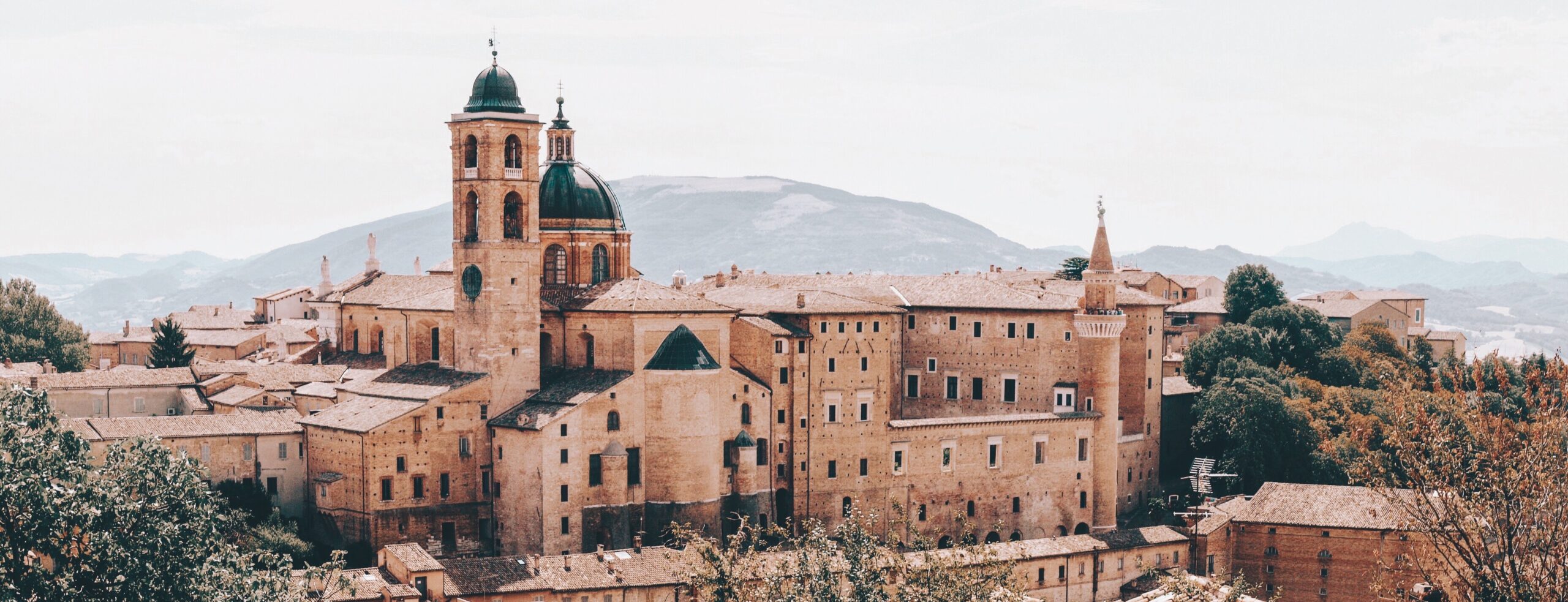
Wroclaw, Poland
“Witamy we Wrocławiu”—welcome to Wroclaw! Considered by many to be the prettiest city in Poland, Wroclaw boasts an imposing gothic town hall, neatly gathered around the medieval marketplace. Numerous restaurants, cafés and rustic breweries invite you to linger.
“The Flower of Europe” was built on 12 islands and is connected by nearly 100 bridges. The famous Cathedral Island, which is actually no longer an island, houses the Old Town. Dreamy alleys wind their way past Baroque, Renaissance and Art Nouveau masterpieces. Watch your step as you might stumble upon the more than 600 Krasnale (small, cast-iron dwarfs), which were used to protest communism in the 1980s.
